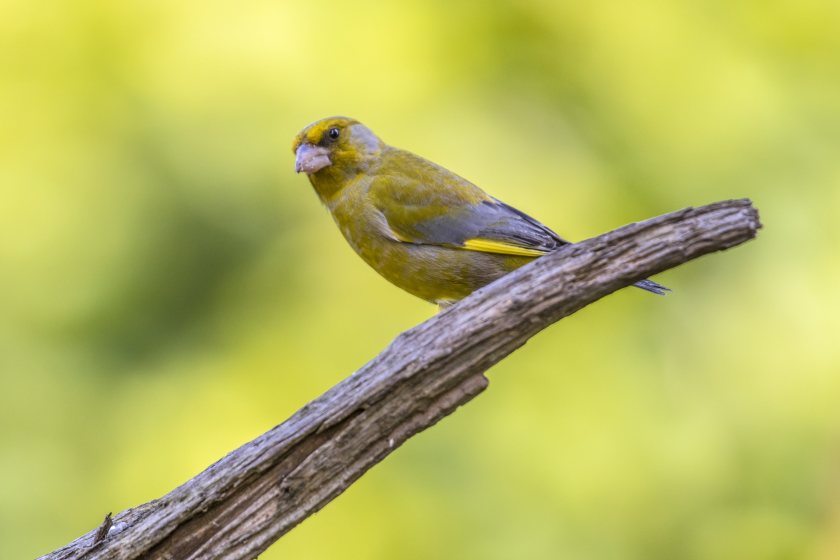
Farmers and land managers are being encouraged to spend 30 minutes of their time recording the farmland birds they see on their land as part of an annual initiative.
The Big Farmland Bird Count returns in 2023 for its 10th year, and organisers are asking farmers and land managers to participate.
The project shows which farmland birds are benefitting from conservation efforts while identifying the species most in need of help.
This year's annual count, which is run by the Game & Wildlife Conservation Trust (GWCT), is scheduled to start on the 3 February until the 19.
More than 1,900 farmers and land managers overcame challenging conditions during last year's Big Farmland Bird Count, with 26 red-listed species recorded.
It comes after the RSPB added more farmland bird species to its 'red list', warning that the state of UK bird populations continue to decline.
The latest review of the red list shows that the UK’s bird species are increasingly at risk, with the list growing from 67 to 70.
Eleven species were red-listed for the first time in 2021, six due to worsening declines in breeding populations, including Greenfinch, Swift, House Martin, Ptarmigan, Purple Sandpiper and Montagu’s Harrier.
Dr Roger Draycott, organiser at the GWCT, said farmers and gamekeepers were 'vital' in helping to ensure the survival of the UK's farmland bird species.
“They are responsible for managing the largest songbird habitat in this country on their land, so they are in a position to make a real difference.”
The count has been organised by the GWCT every year since 2014, highlighting the work many farmers undertake to help reverse species’ declines.
Farmers wanting to participate can download a count sheet and spend 30 minutes between 3 and 19 February counting birds on one spot on-farm.
Guides to counting and identifying birds and more details on taking part are all available on the GWCT's website.
